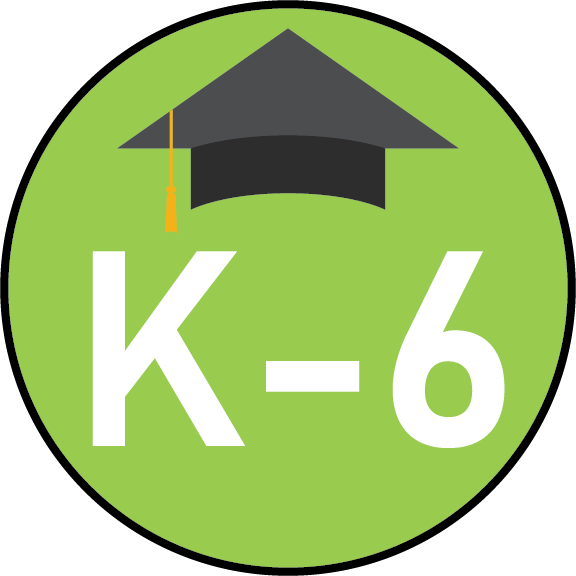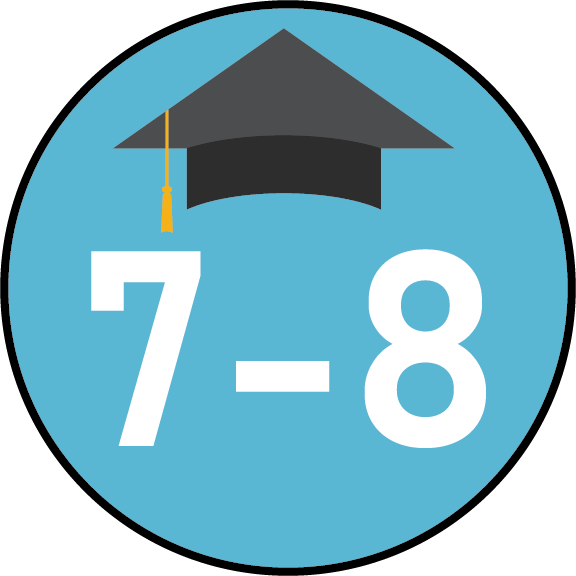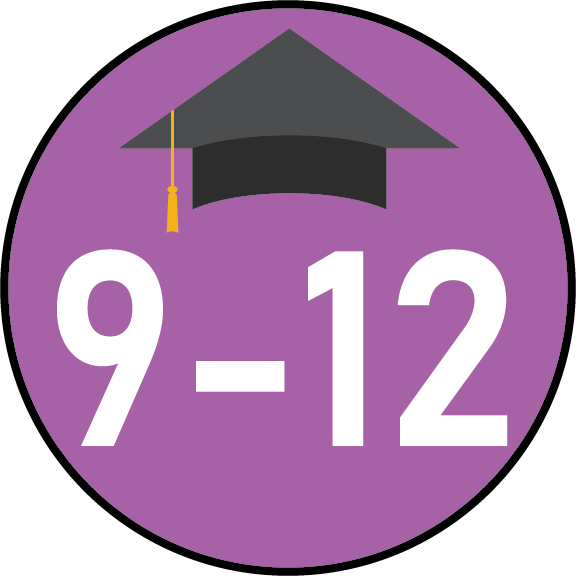Career Play
 It is never too early to start making students aware of the career opportunities that exist in our world, as well as the skills needed to perform those careers. At the elementary school level, it is important for students to become familiar with careers through learning that connects classroom instruction to future work. Career awareness strategies utilized at this level introduce students to various types of careers.
It is never too early to start making students aware of the career opportunities that exist in our world, as well as the skills needed to perform those careers. At the elementary school level, it is important for students to become familiar with careers through learning that connects classroom instruction to future work. Career awareness strategies utilized at this level introduce students to various types of careers.
Equally important is to expose elementary students to a wide variety of career opportunities (zones) and to include experiences that may be considered nontraditional for their gender, race, or economic background.
Career “play” includes multiple strategies to not only introduce elementary students to career opportunities, but it also does so in unique, engaging, and often fun ways.
Career Play Examples
Career Day
Although an elementary school career day (or fair) may look different than it would for secondary students, the benefits are still numerous. From building career awareness to bringing a focus for academic coursework, a well executed career day can really build excitement and motivate your elementary students!
Career Vehicle Day
This is an exciting, hands-on way to get students excited about the potential careers of their future. A career vehicle day is an activity that allows elementary students to learn about careers that use vehicles in the performance of the duties. A wide variety of vehicles are brought to the event and the students have the opportunity to meet the professionals who work with these vehicles and talk to them about their daily routine.
Example vehicles: fire trucks, ambulances, police cars/boats, military vehicles, race cars, utility vehicles, planes, helicopters, cherry pickers, electric/alternative energy cars, and more.
Dress Up Day - Clothing & Tools - Props of a Job
As a young student, did you ever dream of your future job? Elementary school kids get to do just that during a career dress up day where students are encouraged to come to school dressed up as the career of their choice. A fun twist on this is for the teachers to dress up as different career choices for their students, as well.
A career dress up day can be done in conjunction with, or separate from, an opportunity for students to bring in props to demonstrate the work their chosen profession does. Or, if done separately from a dress up day, perhaps a teacher or outside business professionals bring in the tools/props of the trade and talk to the students about the work they each do. The opportunities are endless; however, this hands-on experience is sure to capture the attention of elementary students.
Classroom Jobs
In addition to using classroom jobs to build culture and to improve employability skills, consider using them as an opportunity to build career awareness, as well. Reframing classroom “jobs” to “careers” opens up multiple opportunities to explore the career zones in a way that is integrated into the classroom procedures you are probably already doing. These roles become especially exciting when you think outside the box about the job titles and descriptions that students get to have in your classroom.
Another valuable experience that can be used along with classroom jobs is creating opportunities for your students to interview for classroom positions. Perhaps you can even help your elementary students to create a very simple resume integrated through your ELA content.
Activities for “What I Want to be When I Grow Up”
It is important to begin career awareness at the elementary school level. The following resources have been collected to introduce students to the many career pathway options that exist for them to consider. A robust career awareness program at the elementary level builds the foundation for which to scaffold thorough career readiness guidance for students through to high school.




